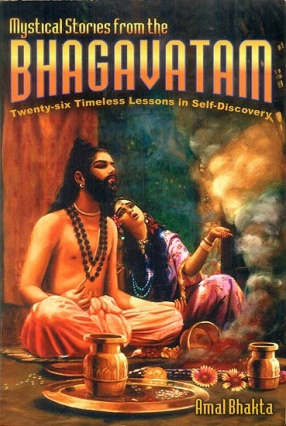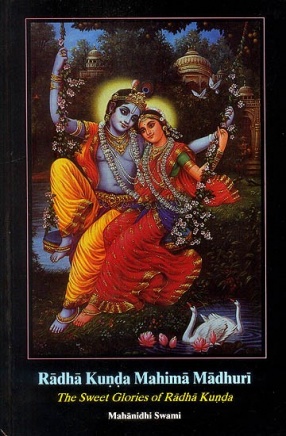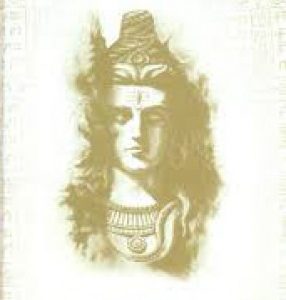
Ras Bihari Lal and Sons

37 books
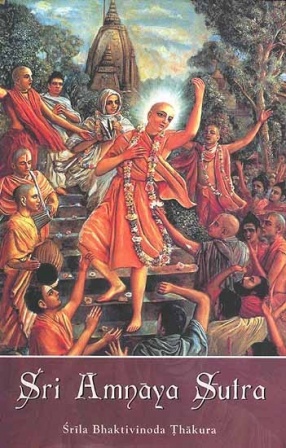
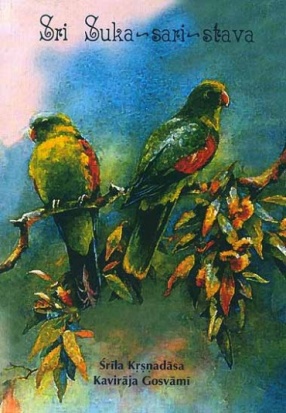
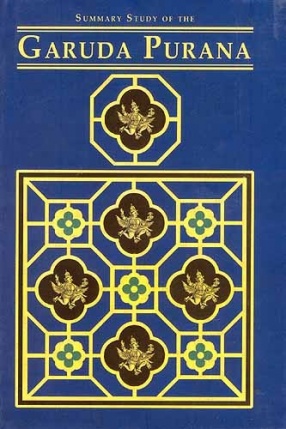
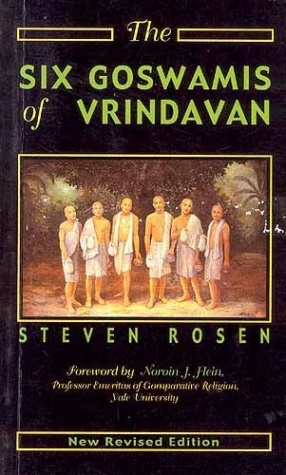
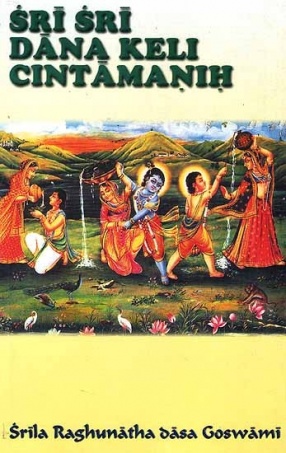
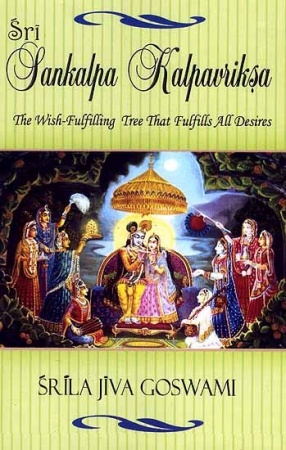
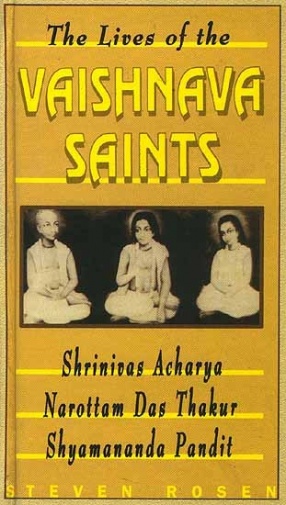
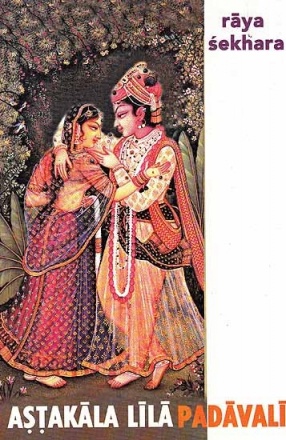
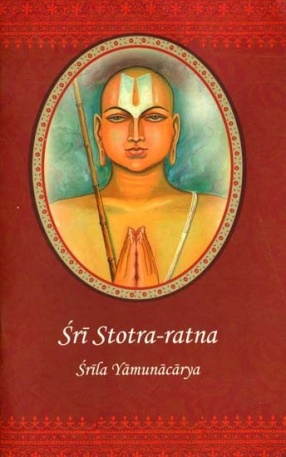

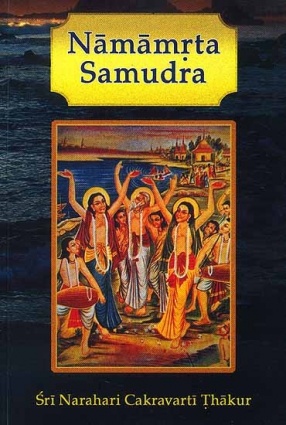
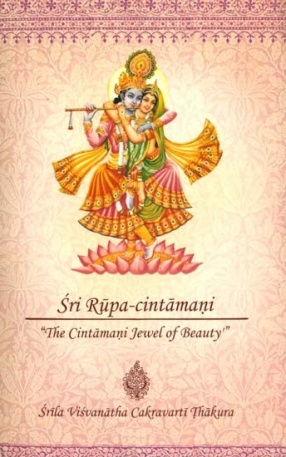

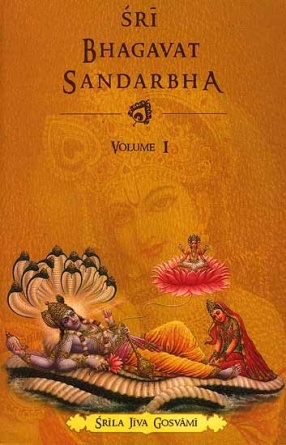

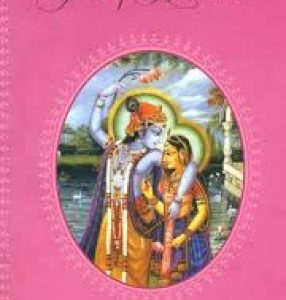
This book describing devotional service to Lord Hari’s lotus feet is a splendid, pure diamond that illuminates the darkness in the hearts of all living entities. O intelligent reader, please accept this diamond as your earring.
O thoughtful reader, please continually hear the instructions that I, Raghava Gosvami, present in this book.

Srila Bhaktivinoda Thakura wrote the Sri Amnaya-sutra in 1890. It is largely based in the Upanisads and contains 130 aphorisms, along with commentary. As it is said, "Essential truth spoken concisely is true eloquence."
This wonderful book is the perfect example of this. Here we find all the basic understandings of the Krsna conscious philosophy, and refutations of the arguments that attempt to counter such an understanding, presented in a very concise, ...
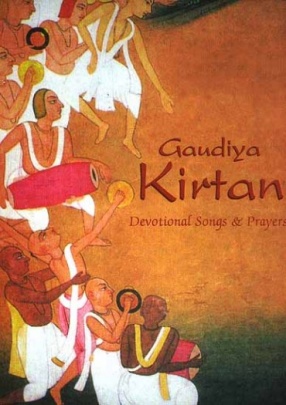

The meditation upon the limbs of Lord Krsna's transcendental body are spoken by Manjuvak and Kalokti, the pet male and female parrots of Vrnda-devi.
"The male parrot sang, 'The glorification of Lord Krsna, the Supreme personality of Godhead, is beneficial to everyone in the universe. His beauty is victorious over the gopis of Vrndavana, and it subdues their patience. His pastimes astound the goddess of fortune, and His bodily strength turns Govardhana Hill ...

The Garuda Purana is one of the eighteen principal Puranas, as stated in the Shrimad-Bhagavatam (SB 12.7.23-24): The eighteen major Puranas are the Brahma, Padma, Visnu, Siva, Linga, Garuda, Narada, Bhagavata, Agni, Skanda, Bhavisya, Brahma-vaivarta, Markandeya, Vamana, Varaha, Matsya, Kurma and Brahmanda Puranas.
In a Bhagavad-gita lecture given in Los Angeles on February 15, 1969, Shrila Prabhupada said, "There are eighteen Puranas. Men are conducted in ...

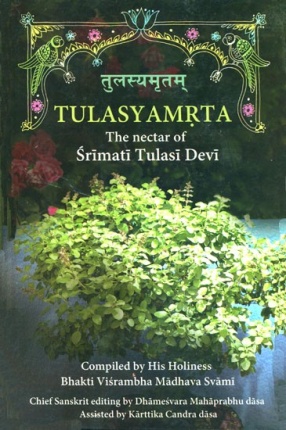
Lost to ordinary people that have no access to the original Sanskrit, many of these glories of Srimati Tulasidevi have hardly been seen or heard of in literally hundreds of years they are: Tulasi Upanisad, Tulasi Kavaca, Tulasi-Dhatri-Mahatmya, Vaisnava- Tulasy-Asvattha-Mahatmya and Sri Tulasi Stotra.
Seeing These Glories will surely empower people to serve Her practically. To help that glorious Attempt we have provided a comprehensive lamp chart so that people ...
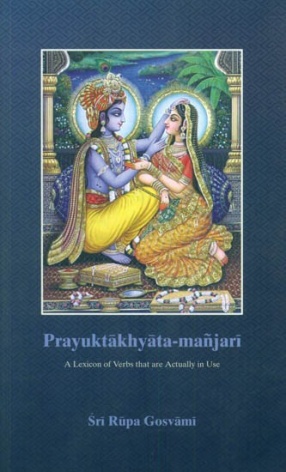
This book is a Product of Gopi-parana Prabhu's defunct school in Govardhana, called Srimad-bhagavata-vidya-pitham. As its name suggests, the Sanskrit school was centered on the knowledge of Bhagavatam: Its first verse, the foundation of this knowledge, is dissected here in the second part of the book with Gaurapada Dasa's translation of Sridhara Svami's commentary and Matsya Avatara Dasa's translation of Visvanatha Cakravarti's commentary.
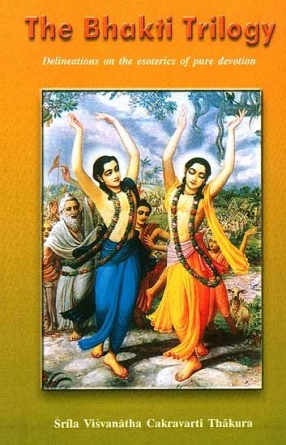
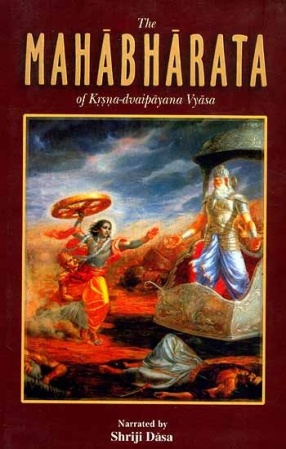
“The Mahabharata is glorified because it contains the conclusions of all scriptures. Long ago, on the request of Srila Vyasa, Lord Brahma and the other demigods came together with all the great sages and placed the Mahabharata on one side of a scale and the entire Vedas on the other. The Mahabharata, it turned out, weghed more because of its greatness (mahattva) and heaviness (bhara-vattva). For this reason it is called Maha-bharata.”


Sri Sankalpa-kalpavrksa, describes how after killing Dantavakra, Lord Krsna returned to Vrndavana. Seeing Him again, the residents of Vrndavana enjoyed even greater happiness than before. The second chapter describes the eternal pastimes of Lord Krsna. There it is said that within the realm of Vrndavana manifested on the earth, there is an unmanifested realm of Vrbadavana, invisible to ordinary eyes. Here is a very vivid and enchanting description of that eternal ...


“The honeybees gave up the faces of the lilies and quickly approached the lotus flowers. The female parrot said: “Rai, wake up and go home! All the people have awoken! Aren’t You afraid?’ Raya Sekhara then laughed and told Radika Sekhara (Krsna): “You remain there reclining like a saint, although You are a (women) thief!”

Sri Yamunacarya was horn around 916 AD. He had resided within the temple at Sri Rangam and was the spiritual master of Ramanujacarya of the Sri-sampradaya.
In the first chapter of Gita-mala, entitled Yamuna-bhavavaIi, Bhaktivinoda Thakura based his songs on the verses of Yamunacarya's Stotra-ratna. Of the 62 verses in Stotra-ratna, he selected 27 upon which to base his songs.
In this short work we can vividly see the humility of a great devotee who has no other ...

While feeling intense separation from the Lord, Sri Caitanya Mahaprabhu would have his intimate associates recite to augment His feeling. This is described in the Caitanya-caritamrta: “In this way Sri Caitanya Mahaprabhu always expressed bewilderment and lamented in separation from Krsna. At such times He used to recite the slokas from Ramananda Raya’s drama, known as Jagannatha-vallabha-nataka.”
“He passed His time reading the books and ...


Please remember youthful Krsna conchshell mark at the base of His big toe, beneath it the archer's bow without a bowstring, then the cow's hoof print, the triangle, the four water pots, the half moon, and the fish, the soles of His feet anointed with red kunkuma, His pink toenails, soft red heels, feet decorated with anklets, splendid ankles and legs, garments as yellow as lightning, jewel bells, slender waist, deep lotus navel, the line of hairs on His flower ...
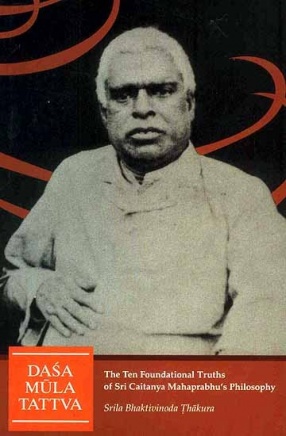

This first volume of the Bhagavat-sandarbha includes the first 60 Anucchedas of the work. First, there is discussion of how the Absolute Truth is manifested in three features; as Brahman, Paramatma, and Bhagavan. Next is a discussion of the various potencies of the Supreme Personality of Godhead, including the potency that manifests the living entities. It is proven beyond doubt that the Supreme Lord is always the absolute controller of all His potencies, ...

In his purport, Srila Prabhupada wrote: "The Bhagavata-sandarbha is also known as the Sat-sandarbha. In the first part, called Tattva-sandarbha, it is proved that Srimad-Bhagavatam is the most authoritative evidence directly pointing to the Absolute Truth. The second Sandarbha, called Bhagavat-sandarbha, draws a distinction between impersonal Brahman and localized Paramatma and describes the spiritual world and the domination of the mode of goodness devoid ...
